The abrasion of rubber is an extremely complex phenomenon.I n g e n e r a l , i t i n v o l v e s a combination of processes, including mechanical, mechanochemical, and thermochemical1-3. Rubber abrasion has been widely researched, both in practical and in fundamental experiments 4-6. However the mechanisms of rubber abrasion are still unclear. In order to unravel the complexmechanisms,itisnecessaryto investigate simpler processes in detail and then relate the results to general wear processes.
Understanding rubber abrasion is
of great interest particularly for the automobile industry, especially with regards to tyres, windscreen wipers or sealing applications.Abradedsurfaces and abrasion debris take different forms depending on the mechanism of abrasion. As early as the 1950’s,Schallamach had studied the simple abrasion patterns of rubbers using a needle and a small hemisphere 1 mm in diameter to scratch a rubber surface under controlled conditions7. Since that first research, Champ, Southern,and Tomas later studied the abrasion patterns obtained by scraping a rubber surface with a sharp razor blade held perpendicular to the surface8.They proposed a simple theory that crack growth plays an important part in the abrasion process when abrasion patterns are produced. However, Gent and Pulford argued that the abrasion processes are not accounted for solely by crack growth properties of the rubber but involves other failure processes as well9. And as Cadle10 suggested that small particles of rubber about 1-5 um in diameter are removed from the surface in the first stage of rubber abrasion. The mechanism is also obscure. Gent and Padovan have studied the processes of the small particles formation in the first stages11,12. The comprehensive explanation of the formation of the small particles was not obtained.
TheAkronAbraderisusedextensively to investigate the abrasion processes and properties of rubbers or elastomers13. This tester, according to test StandardCNS-734, is designed to use together with a special balance for testing the abrasive consumption for the rubber products, especially for tyre abrasion. The sample undergoes periodic loads during abrasion, and the contact between any points of the sample with abrasion wheel is batch-wise, thus reducing the effects of heat build-up on the abrasion.Furthermore, the angle between sample wheel and abrasion wheel and the loads can be changed. Due to its simple construction and excellent practicality, investigations on the processes of Akron abrasion in detail were necessary and important to reveal the abrasion mechanism.
In this article, the Akron abrasion processes and properties of two different kinds of styrene-butadiene rubber (SBR), ESBR-1502 and SSBR-T2000R, were investigated.The whole process of Akron abrasion was divided equally into six parts.Emphasis was placed on looking at the micro-phenomena and developing processes of abrasion in the early stages. A possible mechanism was presented. The abrasion properties of ESBR1502 were also compared with SSBRT2000R.
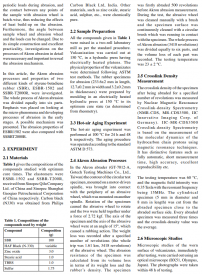
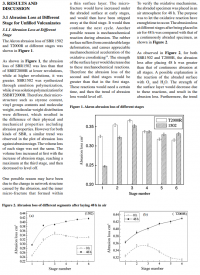
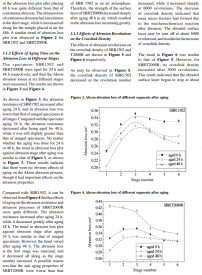
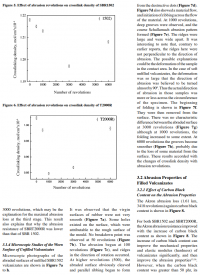
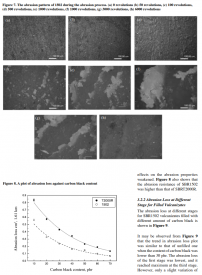
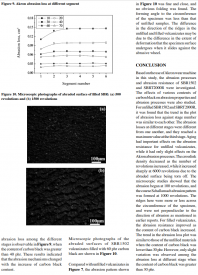
Prev: Helpful Tips For Abrasion resistance testing
Next: DIN Abrasion Test